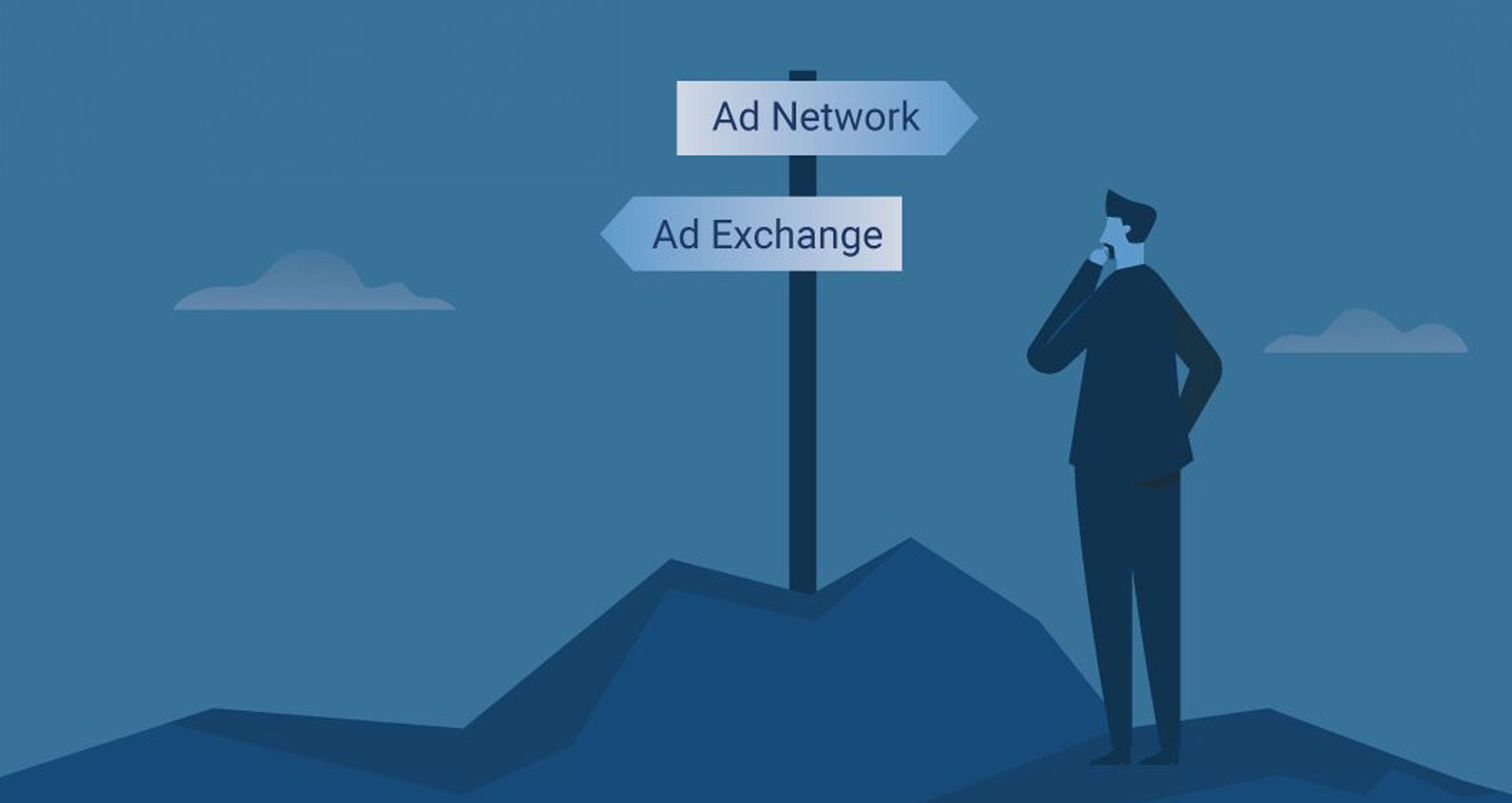The rapid shift toward online shopping and its growing advantages have fueled the rise of Retail Media Networks (RMNs). In recent years, RMNs have emerged as a crucial component reshaping retail operations and advertising strategies. By leveraging first-party retailer data, these networks enable brands to deliver highly targeted ads across both digital and offline channels, including programmatic connected TV (CTV), display and, video. This data-driven precision allows brands to engage customers at key moments in their shopping journey, boosting conversion rates and driving stronger returns on ad spending.
In the U.S., retail media ad spending is projected to reach $129.93 billion by 2028, making RMNs a cornerstone of modern advertising strategies. Their rise is driven by three key factors: intensifying market competition, evolving data privacy regulations, and the deprecation of third-party cookies. As a result, retailers are increasingly adopting RMNs as new revenue streams, while advertisers view them as a way to reach precise audiences through privacy-first, omnichannel campaigns. Unlike traditional digital advertising, Retail Media Networks integrate CTV, display, search, and in-store channels to deliver a seamless, full-funnel experience.
This blog explores the fundamentals of RMNs, their benefits and challenges, and how businesses can scale their growth through programmatic advertising and CTV strategies.
Pros and Cons of Building or Buying Retail Media Network
Buying a Retail Media Network (Third-Party Solution)
Pros:
- When buying a retail media network as a retailer, you can start your ad operations quickly. This option allows for deployment within a week or month, enabling faster time-to-market.
- Integrating retail media network into your retail business with a cost-efficient set up eliminates the need for heavy investments in infrastructure, talent, and effort.
- This approach enhances your advertising strategy by giving you access to a pre-built pool of advertisers and ad agencies, allowing you to generate instant revenue while maintaining a strong ad fill rate.
- Many ready-to-use platforms offer advanced ad targeting capabilities, including contextual targeting, geo-targeting, first-party data targeting, and audience segmentation, helping them stay competitive in the market.
- A built-in retail media advertising platform comes with all the latest capabilities and functionalities, and vendors continuously upgrade it to keep up with evolving market demands. This ensures that the development process is optimized from the very beginning.
Cons
- As a retailer and operator of a vendor-based RMN advertising solution, you have limited customization options, as everything operates within the vendor’s constraints.
- Since this platform belongs to the vendor, it inherently involves sharing your retail business’s first-party data, which poses potential risks in terms of data privacy and security.
- Purchasing a retail media network solution comes with an additional drawback: it involves various payment models such as subscription fees, monthly or yearly charges, commissions, and other costs that can reduce overall profitability.
Building a Retail Media Network
Pros:
- The retail media advertising platform enables retailers to create a tailored system fulfilling their individual business specifications alongside their advertising methods. The system allows businesses to adjust their ad placements and formats along with their targeting methods flexibly.
- First-party data ownership gives retailers absolute control of their customer information while ensuring privacy standards and deep audience knowledge with complete data ownership. Through personalized ad experiences retailers achieve better outcomes.
- The elimination of vendor fees results in higher long-term profitability which maximizes retained revenue while extending profit margins. A business achieves better financial stability through time while expanding its operations.
- Business systems can integrate seamlessly with the Resource Management Network which the team can customize to connect with e-commerce and CRM platforms and analysis systems. The combination results in better operational efficiency while enabling improved monitoring of advertisement performance.
- The use of proprietary retail media networks allows retailers to achieve competitive differentiation among numerous retail media providers in the market. The customized advertising structure makes premium advertisers select this platform due to better accessibility for targeted placements and improved audience exposure.
- Iterative capacity of the RMN allows for AI-powered targeting capabilities and builds capabilities to create innovative advanced analytics alongside new advertisement formats. By staying ahead of market trends and evolving advertising needs the platform maintains top position in the market.
Cons:
- Requires high upfront investment for infrastructure, technology development, and skilled personnel.
- Building an RMN requires top-tier expertise in AdTech, Data Analytics, and system integrations. These complex platforms need continuous monitoring, specialized talent, and regular updates for security and compliance.
Quick Comparison Table: Buying vs. Building a Retail Media Network
| Factor | Buy (Third-Party Solution) | Build (In-House Development) |
| Time to Market | Faster deployment with pre-built features; can launch within weeks or months. | Takes longer due to development, testing, and integration; may take months to a year. |
| Cost | Lower upfront investment but involves licensing, subscription, or revenue-sharing costs. | Higher initial development cost, including infrastructure, talent, and R&D, but lower long-term costs. |
| Control & Customization | Limited customization; businesses must work within vendor constraints. | Full control over features, user experience, and future upgrades tailored to business needs. |
| Scalability | Depends on vendor capabilities; may face limitations in adapting to growth. | Fully scalable based on business requirements, with the ability to integrate new features and partners. |
| Data Ownership & Privacy | Data is often shared with or owned by the vendor; potential privacy concerns. | Full ownership and control over first-party data, ensuring compliance with privacy regulations. |
| Technical Expertise Required | Minimal vendor support, maintenance, and updates. | Requires an in-house team with expertise in AI, analytics, cloud computing, and ad tech. |
| Risk & Dependency | Lower risk as the vendor handles security, compliance, and maintenance. | Higher risk as the business is responsible for maintaining security, compliance, and performance. |
| Integration with Existing Systems | Limited integration; dependent on vendor compatibility with current business tools. | Seamless integration with internal CRM, e-commerce, and analytics platforms. |
Build vs Buy: Factors to Consider When Choosing Between RMN
Deciding whether to build or buy a Retail Media Network (RMN) can be a complex process influenced by multiple strategic, technical, and financial factors. To help simplify the decision, here are the key considerations that should guide your evaluation.
Customization and Flexibility:
Maximum flexibility is an aspect that retailers should further consider as crucial one. Building RMN advertising platforms allows you to achieve this flexibility and customization according to your business workflow and processes while meeting the requirements of an evolving market. However, if buying is your preferred approach, some compromises on flexibility will be necessary, as you will need to integrate the solution as provided.
Quality and Reliability:
Quality is the top priority and a determinative element in choosing between buying and building. Building retail media network (RMN) software relies heavily on the team and expertise you choose, while purchasing an RMN solution can offer high quality because vendors must maintain sustainability and a good reputation in the market for business stability & success purpose.
Risk:
Analyzing and cataloging associated risks and challenges can lead to better decision-making and long-term benefits. Let’s look at the risks and challenges of both approaches. Building an RMN platform comes with risks such as project delays due to internal or external factors, rising budgets, potential failure, and more. On the other hand, buying an RMN solution also carries risks, including unreliable vendors, privacy and security concerns, and other potential challenges.
When Should You Buy a Retail Media Network?
- Have Impactful Online presence: Businesses that operate with extensive online presence along with strong customer bases should prefer to buy retail media networks (RMNs) due to their massive audiences combined with first-party data value.
- Generate Quicker Revenue Stream: The availability of advertising space on your platform allows you to create a new income stream through the sale of advertising space which brings significant profit.
- Looking to Enhance Customer Experience: RMNs serve to advance customer satisfaction by showing relevant advertisements along with custom offers and suggestions which leads consumers to both deeper engagement and better user satisfaction.
- Lack of Expertise and Resources: The cooperation with vendors enables organizations to benefit from their resources while getting rapid market entry along with decreased project uncertainties.
- To Be in Competitive: Businesses participating in the RMN market must build strong value propositions to attract advertisers because the sector has become more demanding.
When Should You Build a Retail Media Network?
- Substantial Resources to Invest In: The use of sufficient funding enables the establishment of a specific platform that scales up and functions optimally based on your requirements. By investing in skilled professionals, you will achieve smooth development together with continuous optimization and effective management of your retail media network.
- Prioritize Maximum Control and Customization: Having complete ownership of developed RMN platforms allows you to set advertising placement rules and pricing rules and data policies in ways that vendors cannot restrict. The control you maintain enables precise user experience management and maximum profitability while meeting all industry compliance requirements.
- Aim to Differentiate Your Retail Business: The development of a retail media network allows you to create innovative advertising formats and personalized targeting solutions while achieving smooth platform integration capabilities. Your platform achieves competitive market positioning because it provides unique features that attract advertisers seeking different solutions.
- Seamless Integration with Existing Tech Stack: Custom-built retail media technology allows your platform to integrate with CRM systems as well as inventory management and analytics tools along with your existing e-commerce applications. The complete integration facilitates better operational performance and promotes improved reporting as well as optimized ad placement while operating normally.
- Improved Ad Performance: You gain full authority to manage ad delivery systems which enables you to preserve relevant and non-obtrusive advertising content. The application of sophisticated personalization methods creates more satisfactory and successful shopping experiences which drives better customer satisfaction and conversion rates.
Concluding Part of Choosing Between Buying and Building a Retail Media Network
The decision to buy or build a Retail Media Network (RMN) depends on your business goals, available capital, and long-term vision. Retailers opting for ready-made solutions gain faster time-to-market, lower upfront costs, and access to advanced ad-targeting capabilities, making this approach ideal for those entering new markets or seeking quick monetization with minimal risk.
Conversely, businesses aiming for long-term competitive advantage and profitability may benefit from building their own RMN. This route provides full control, deeper customization, and complete ownership of data and revenue streams. However, it demands higher investment, technical expertise, and time.
Ultimately, the right choice depends on your risk appetite, resources, and strategic priorities ensuring alignment between your growth objectives and your retail media ambitions.
How Can We Help You Build Retail Media Network?
As a leading AdTech software development company, we specialize in building end-to-end retail media ntwork solutions that drive revenue optimization and precise audience targeting across multiple channels. With deep expertise in programmatic advertising and CTV integration, we help retailers unlock new revenue streams through personalized and data-driven ad experiences.
Our custom-built RMN platforms seamlessly integrate with modern eCommerce systems, Customer Data Platforms (CDPs), and marketing automation tools, creating a unified advertising ecosystem. Through first-party data monetization, retailers can deliver privacy-compliant targeted campaigns that enhance engagement and conversion rates.
Using AI-powered recommendations, we enable better audience personalization and campaign performance. Our platforms provide real-time analytics and reporting, helping retailers gain actionable insights, control ad spend, and maximize ROI.
We can also help you develop interconnected AdTech components including DSPs, SSPs, and DMPs to establish scalable and automated ad systems. With RTB and header bidding techniques, advanced audience segmentation, and Dynamic Creative Optimization (DCO), we help retailers deliver tailored ad experiences across web, mobile, in-app, and CTV channels.
Our tailored solution will empower retailers to build a sustainable digital advertising ecosystem that preserves data ownership, optimizes inventory management, and strengthens advertiser relationships, all while preparing for the cookieless future of digital advertising.











 30 Min
30 Min


